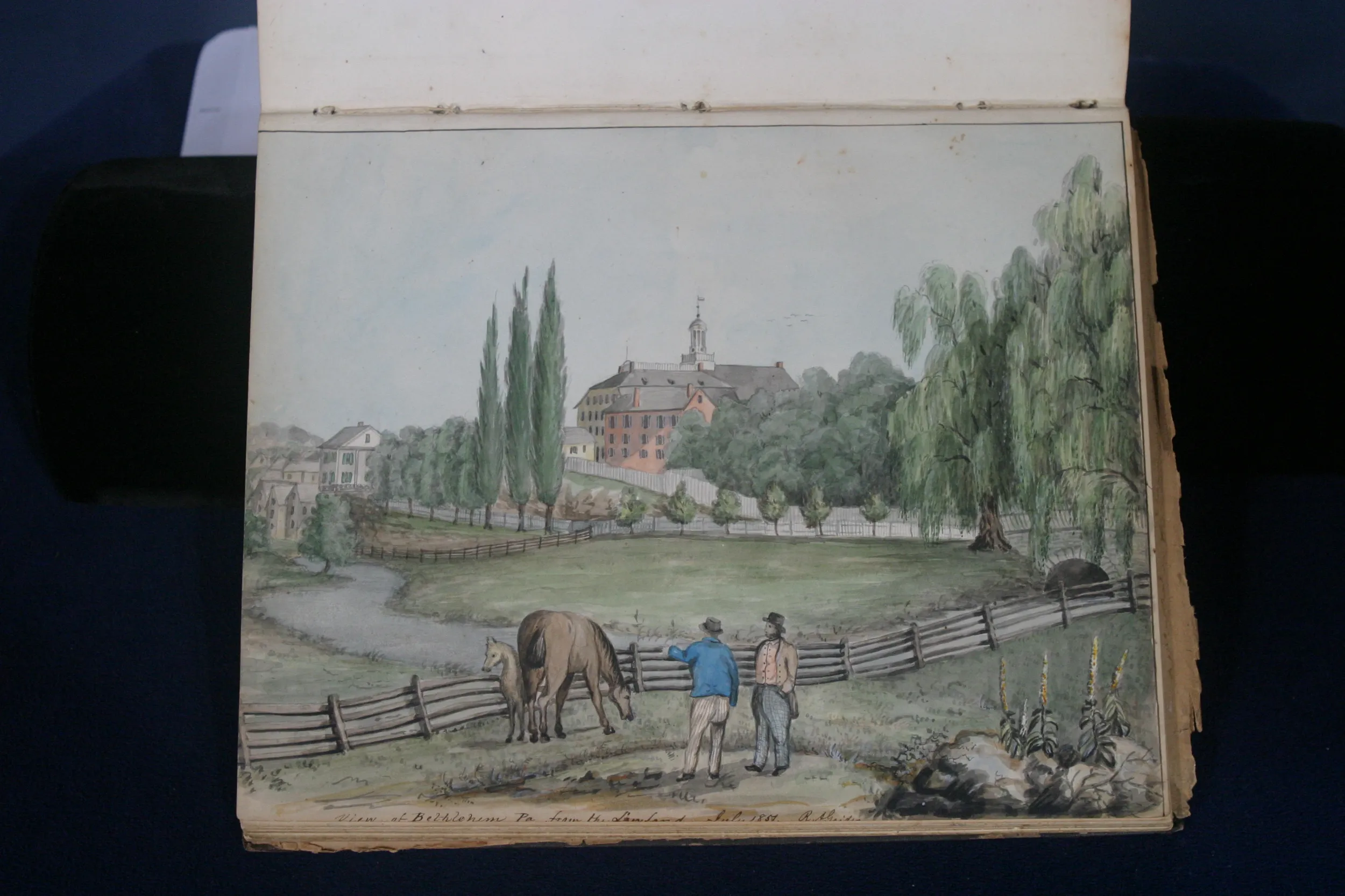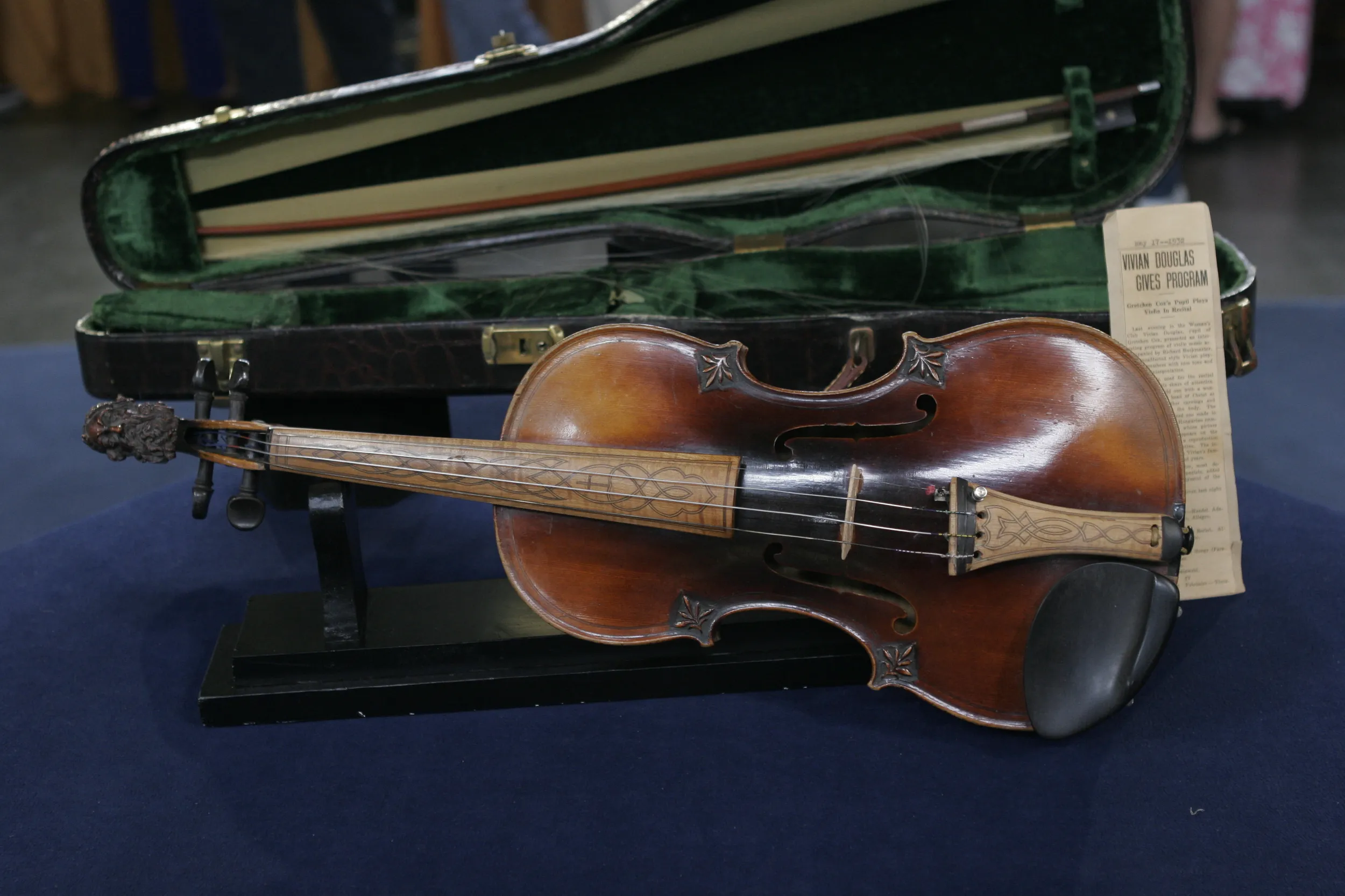GUEST: Well, uh, being a native San Diegan, I worked for the local utility, and I was in a department called the Art and Display Department. We built displays for the fairs and home shows, and it was appliances and things like this here, and, uh, during the '70s, they decided to get rid of this department.
APPRAISER: And it found a home with you.
GUEST: Yeah, right, so my old boss at that time-- I asked him if I could please have that, and he said, "Yeah, go ahead and take it."
APPRAISER: Well, it was a nice gift of him to give to you.
GUEST: Oh, yeah, now I'm realizing that today.
APPRAISER: Well, I guess it's not a secret to anyone that this is a light bulb, but it's a very special kind of light bulb, and it has a presentation plaque, which is interesting. We don't know the truth or not behind the plaque. It says it was presented by Thomas Edison to a Mr. Raymenton and then later given to a club in the late '30s. But we know it's an Edison bulb for a number of reasons, mostly by the construction, and also because it has the original Edison patent label, which is actually applied as a paper label to the base of the bulb. It has the brass and ceramic collar at the base. It's in incredible condition, been protected in this case, and the carbon filament. Again, the big controversy with Edison was that... what were you to use as a filament in order to last for a long time, until he ultimately settled on the carbon filament. The reason that things like this are so interesting and so popular is because a person like Edison is so key to the history of technology in the country and in the world, and he's such a fascinating character, the more we learn about him, the more interesting he is. So, the number of collectors surrounding Edison and all his inventions and all his patents has grown dramatically, and of course, he's most known for the light bulb, something that really changed the face of the world for everyone.
GUEST: Right.
APPRAISER: Now, a light bulb like this from the late 19th century is pretty scarce, and they don't come up at auction very often. One from a little bit earlier than this recently sold in London for around $5,000. This one probably dates a little bit later than that, and I'd put it at $3,000 to $5,000 easily. If you could find out a little bit more about Mr. Raymenton-- maybe he was somebody very interesting that had an interesting association with Edison-- that might boost the value a little bit. But what you've got here is a fantastic piece that has great potential, easily in the $3,000-to-$5,000 range, and I'm really, really glad you brought it on the show.
GUEST: Yeah, well, I'll have to thank my wife for that. She's the one who told me to get it out of the garage and into the house.
APPRAISER: Get it out of the garage.
GUEST: Here it is, and gee, that's really nice to know.







